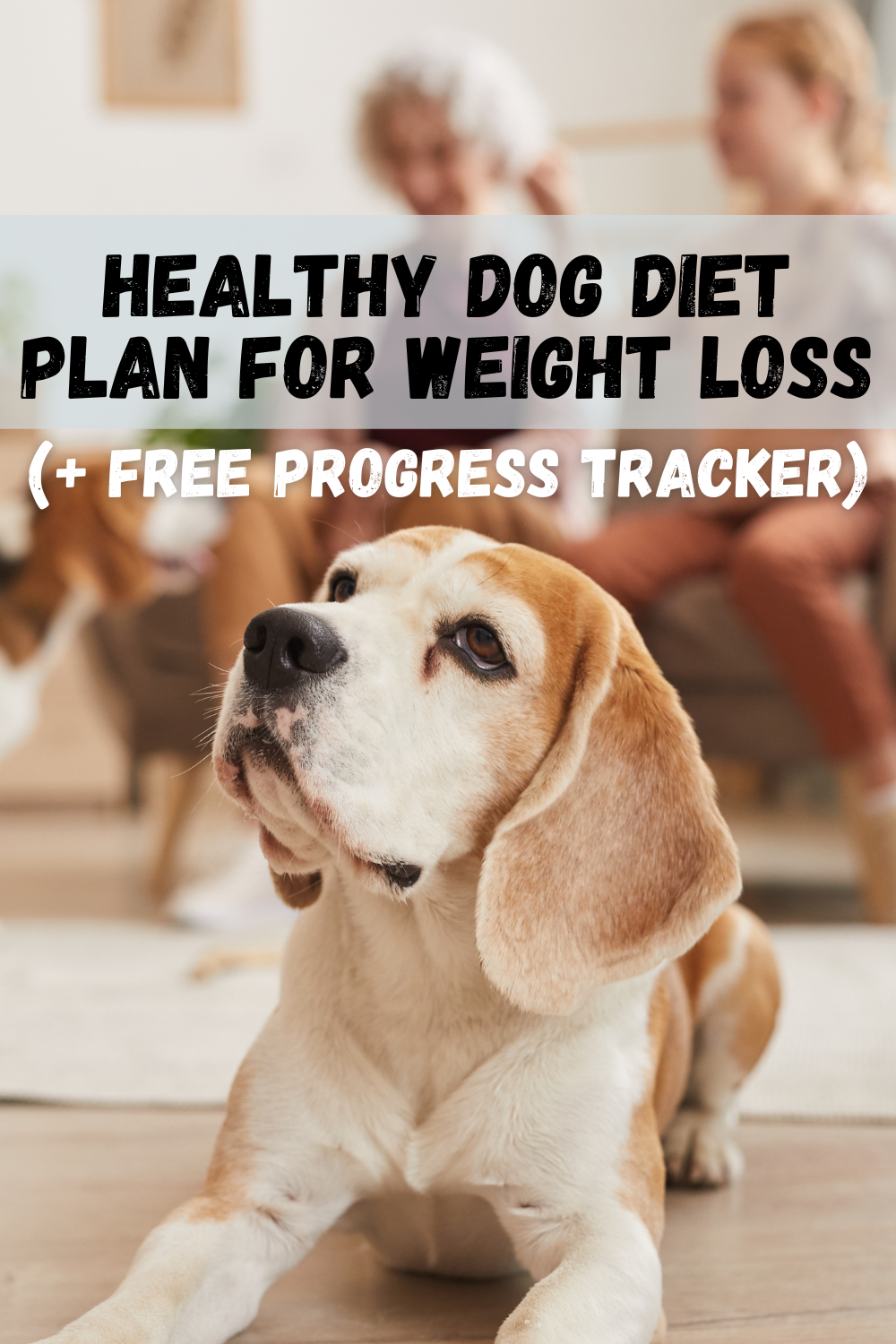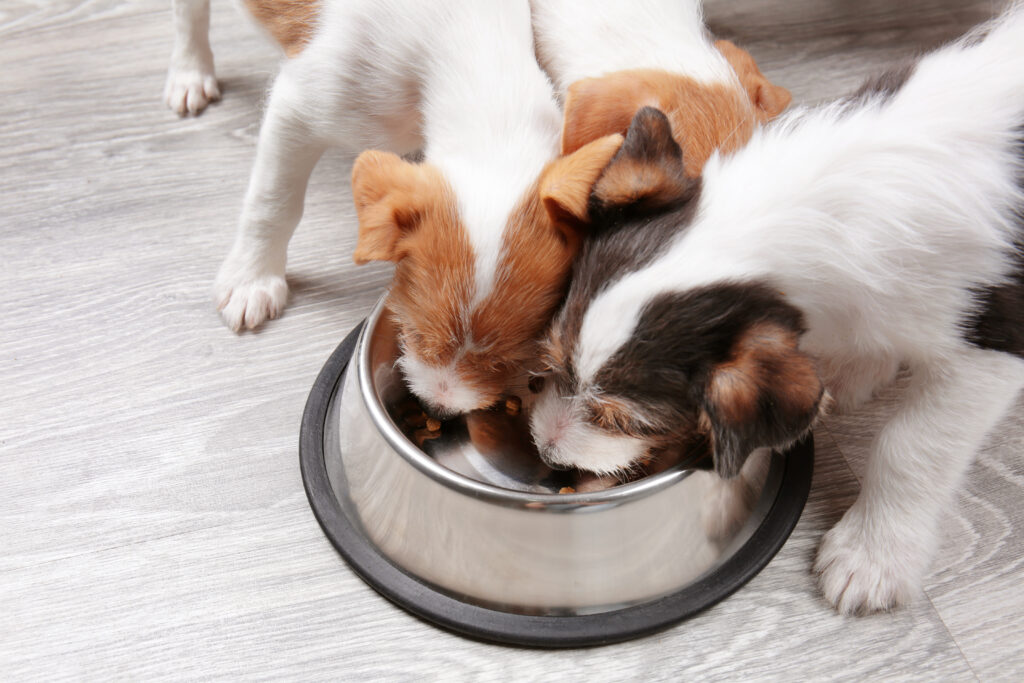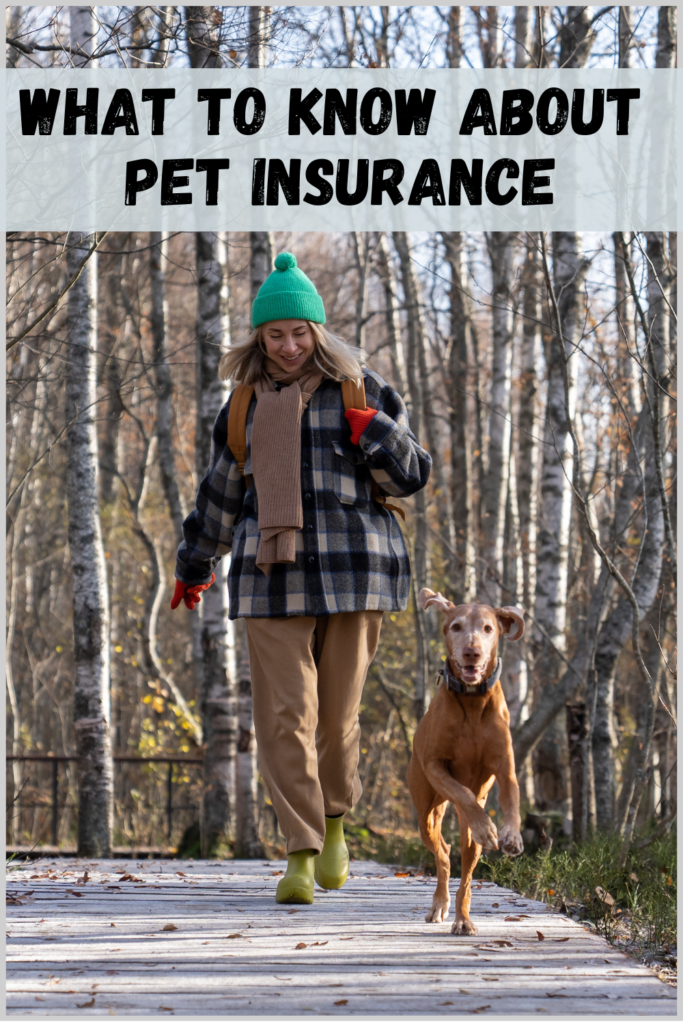
Creating a Healthy Dog Diet Plan for Weight Loss (+FREE Tracker)
Have you noticed your dog gaining steady weight over the years? If so, it’s extremely important to make a healthy dog diet plan for weight loss. Obesity, in humans and dogs alike, is a big precursor for many issues including diabetes, heart disease, arthritis, joint pain, and even cancer, so this is not something to look past.
A consistent, sustainable routine over many months, slow and steady, is what will ultimately be able to bring the weight down. Unlike humans, there are no pills or surgery that can help dogs at this time. Read more to learn how to create the best dog diet plan for weight loss.
As always, we strive to bring you up-to-date, research-based information on dog diet, health, and nutrition to give your best friend the long life they deserve.
We’ll go over how to plan, execute, and sustain a healthy dog diet plan for weight loss.

First things first…
If you’re planning to help your dog lose weight, you must first determine the severity of the situation. Ask yourself these 3 questions to understand where your dog lies in severity.
- What does their body shape look like from a side profile, as they’re standing? They should have an hourglass figure, with their chest protruding out, and stomach caving inward. If their stomach does not cave inward, to what degree is it protruding out?
- Feeling alongside their rib cage, can you feel their ribs? Without putting pressure, if you cannot feel their ribs, that is your next indicator of more weight than normal. You should be able to feel their ribs without adding too much pressure on a normal-weight dog.
- Have you made any lifestyle changes within the past year that might affect their weight? For example, overfeeding, overfeeding table scraps, overeating, and underlying health issues. Surprisingly, there are also breeds more prone to obesity, such as labs, beagles, and dachshunds.
After you’ve done these tests and determined your dog might be overweight, the next thing to do is go see your veterinarian. This is not a step to miss because there are tests they need to do before any further steps should be taken.
Here’s why… weight gain can be due to many things we’ve mentioned above. The whole health issue part should not be dismissed. If any health issues are causing the weight gain, especially with the thyroid, no valiant effort will work in reducing the weight. You will need to address the underlying issue first. Alongside testing for specific health issues, your vet will go over the ideal weight for your dog’s breed, size, and age, as well as answer any questions like how many times to feed per day and daily caloric intake. Don’t worry though, we’ll also go over everything below! Let’s get started!

Let’s Start Planning!
Calculate How Many Months for a Dog Diet Plan
Alright, first and foremost, you have to determine your dog’s ideal weight. This depends on their breed, size, and age. A quick search on the web, as well as confirmation with your vet, will tell you the ideal weight. Once found, you can calculate how many months it will take to get to that ideal weight. As a general rule of thumb, you should aim for them to lose 2-3% of their body weight every month. For example, let’s say Jill’s ideal weight is 75 lbs, but she is currently 100 lbs.
- You take their current weight and multiply that by 0.02 to get the amount they should lose within a month.
- To get the amount she should lose each month, you do 100 x 0.02 = 2 lbs
2. Then you subtract their actual weight minus their ideal weight to get the number of pounds they need to lose.
- Subtract her current weight – ideal weight, 100 – 75 = 25 lbs to lose
3. Take the number you just calculated in Step 2 and divide by the number you calculated in Step 1, to find how many months this diet plan will take.
- For Jill, you will do 25 / 2 = 12.5 months
Plan Their Daily Caloric Intake
To calculate your dog’s daily calorie needs, you will need to know their resting energy requirements (RER) and maintenance energy requirements (MER). This calculation is based on the National Research Council (NRC) guidelines, which detail how to find these values.
Resting energy requirements are the requirements your dog’s body needs to perform essential body functions. This can be calculated with the formula below:
RER: 70 x (Ideal Weight in Kg)^0.75
- For Jill, who’s ideal weight is 70 lbs (31.75 kg)
- 70 (31.75)^0.75 = 936 calories/day
Maintenance energy requirements are the requirements your dog needs to maintain its weight based on different factors like activity level, body size, and age. In this case, referring to the NRC chart below, to lose weight, you will multiply the RER by a factor of 1.
This means their RER you calculated is the daily amount of calories they should intake, which includes everything they eat.
Knowing this, you can more accurately portion their food and treats out for the day, using a measuring cup or scale. A scale will give you the most precise amount, but a measuring cup will do just fine. If the specific calorie amount is not directly on the food label itself, you might have to call the food brand company to determine the amount of calories per cup of food.
If your furry friend is severely obese, the amount of food they should be eating versus what they eat now might be drastically different. Remember to decrease the food over weeks if needed.

Stick To A Specific Feeding Schedule
It is recommended to feed your dog at least twice a day when trying to help them lose weight. More frequent, smaller meals keep their body digesting and burning more calories.
Include Daily Exercise
Though the majority of the weight loss will come from a healthy dog diet plan, exercise can really speed up the process. If you normally take walks or have daily exercise with your dog, increase exercise by 10% every 2 weeks. For example, if you do a 30-minute walk every day, start taking them on a 35-minute walk. If your dog does not normally exercise, start with smaller, frequent walks or daily exercise. It can even be just 5 minutes a day!
Be warned to always be prepared. When integrating exercise into their daily plan, be ready with an exit plan if they are overheating, overworked, or have signs of not being able to tolerate the exercise.
If you’d like a completely FREE progress sheet (that does all the math for you!) to help monitor your dog’s weight throughout the process, click here to download now!
Do I Need to Change Their Food?
Many dog food companies will try to sell you a weight loss dog diet food. However, you do not need to buy them specific weight-loss foods, as long as their food is high quality and meets their weight-loss requirements. For example, food for a dog trying to lose weight should have high-quality protein, normal fiber content, and lower-than-average carbohydrate and fat content. Your dog’s food needs carbohydrates and fats, essential to their nutrition, but lower than the food you would otherwise give your dogs.
The higher the quality of ingredients, the better the nutrients are absorbed. Put another way, smaller amounts of high-quality food will give them an equal amount of nutrients. For example, fresh food like The Farmer’s Dog or high-quality dry dog food from OpenFarm will make such a world of a difference in this weight loss process due to increased nutrient uptake with fewer calories.
However, always do the best you can afford. Not everyone can afford to feed their dog fresh cooked food every day. Especially with a big dog who needs a lot of food daily, the price can really skyrocket. Always do the best you can, your furry friend will be grateful regardless <3

Additional Tips and Tricks
- Human food is too fatty. Try to limit or even stop feeding your dog human food. It will be a pain to calculate that into your weight loss dog diet plan, and it is not doing any good for them throughout the process. It might actually elongate the original plan!
- If your dog just loves food, try a slow feeder bowl. There are many levels to this with levels of difficulty, but some of our favorites are this one and this one, both from Amazon!
- Measure their weight progress every 2 weeks to make sure they are meeting their monthly weight goals. A trick is to weigh yourself first, and then weigh yourself holding your dog and subtract the 2 numbers. If you’ve got a big dog and don’t want to break your back, ask your vet because more than likely, they are happy to let you weigh your dog there every 2 weeks.
- Adjust your plan accordingly. If by the end of the month, you do not see any progress. Decrease their food or increase their exercise. It is all about trial and error and getting the right program down.
- Click here to download a completely FREE progress sheet (with all formulas calculated for you!) to measure your dog’s weight throughout the process. You can leave it on your fridge to fill out every two weeks or just have it on your phone ready to document along the way. You’re going to have to keep track somehow!
Conclusion
Although this seems like a lot of work, effort, and time, you are doing your dog the biggest favor they could ever ask for, which is to make sure they have the chance to live a long, healthy life with you. Remember, slow and steady wins the race. Even if you don’t see results right away, it doesn’t mean it’s not happening. Even if you don’t see results on the scale, don’t give up! Adjust every month or so, and keep going! Take it slow and have fun with it. If all things go well, you will have a happier, healthier dog AND you will have created a beautiful exercise and daily routine! Make sure to follow the healthy dog diet plan for weight loss above and tell me how it goes in the comments!



